Disease in my 7 month planted Monterrey Oak (Mexican White Oak)
taylor12132
8 years ago
Featured Answer
Sort by:Oldest
Comments (16)
Bossy vossy
8 years agomiradus01
8 years agoRelated Discussions
what do i do with my white oak seedlings over the winter!?!
Comments (30)If it's in a fully enclosed porch, that helps. If it's warmer in there during the day, that helps. But it can also help if you get yourself some bubble wrap and wrap the pot a few times. It's kind of the easiest and fastest ways to get a little extra insulation on a pot in the porch if you can't do more serious stuff. If the pot is small enough to fit in a cooler, that works well too- think of the styrofoam caps folks sometimes use on rose bushes to overwinter. If you get box food delivery service that has insulation in the box, that insulation works well too. Yes, you should water. But not a lot. You don't want the dirt to go bone dry, but you don't want it wet either. The plants are dormant and so don't really need water themselves, but the dirt still should be a bit moist. And pots seem to want to stay damp longer when it's cold out so you might not need to water much at all depending....See Morestymied growth on Monterrey Oak?
Comments (6)That's what the arborist was concerned with last year, too - the suckers or growth out of the base. He asked me to look for girdling roots, which is what I did, and growth started occurring at the top branches. Local guides for this tree say that it is semi-evergreen with leaf drop in the spring. I believe that this is the time of year to prune and/or plant as root growth will begin soon. I'm not native to this region though....See MorePic of my White Oak Nursery Order just delivered!
Comments (15)I just have to add my refrigerator sale order to the thread! First time with White Oak, I think the plants look very nice. Box was in the mail on the hottest days so far this year, 98 degrees, and mailman left it in the garage...I just noticed the box by chance last night, probably had sat there for 24 hours. Ugh, but plants look great this morning and are now soaking: Photo 1, below: Dark Star $4 S/M - Medium blue-green with a narrow, slightly rippled, creamy white margin. Medium lavender flowers in August. Fair Maiden $4 S/M - Very dark green leaves with beautiful irregular creamy edges. Gorgeous. Pale lavender flowers in July Yin $7 x 2 S - Shiny, blue-green leaves with a slightly rippled white margin. Lavender flowers in July. Photo 2, below: Dance with Me $8 M - Yellow leaves with a medium green margin. Dull on top and slightly shiny underneath. A sport of 'Summer Music.' Near white flowers in mid July. Fragrant Dream $7 L - Large, foot-long leaves are medium green with narrow creamy yellow margins that turn white by mid season. Pale lavender flowers in August. Rotunda $5 M/L - Mature leaves are bluish green, round and puckered. Pale lavender flowers in June. Photo 3, below: Wolverine $6 x 2 M - Slightly blue-green with a 1 1/2 inch wide, slightly rippled yellow-gold margin. Slightly shiny on top and a glaucous bloom underneath. Pale lavender lowers in late July Inniswood $9 M/L - Large gold quilted leaves with a green margin. A stunning plant when mature. AHS Savory Shield Award Dick Ward $7 M - Beautiful light yellow-green center with irregular dark green margin. Lavender flowers in mid-July. Ice Follies $12 M/L - This sport of 'Antioch' has wide, creamy white margins and a good growth rate with long, pointed leaves. Pale lavender flowers. I think these all look nice and healthy. I do have a question. If you purchase 1 hosta, say, the Ice Follies for $12 and two separate eyes are sent, is that legitimate? I know some might say it's better, but isn't it basically 2 smaller plants? Just curious how people view this sort of thing...there were some very nice, large hostas here, like the Fragrant Dream and the Dick Ward. There are also some that were sent with multiple, separate eyes, to represent one plant order. Is it typical for bare root shipments?...See MoreMonterrey Oak
Comments (4)I have 4 Monterrey Oaks and I love them. It is not unusual for their leaves to start to turn brown and lose their leaves. I mowed yesterday and noticed a few on the ground. Last year my trees started to lose leaves around the middle of February. The first few years I had these trees, I just knew they were dying....not so! Don't panic....they should be just fine. They give great shade and are a very beautiful tree. Another plus is they're resistant to oak wilt disease and drought tolerant/resistant! You need drought tolerant/resistant in TEXAS!...See Morejolanaweb
8 years agos8us89ds
8 years agobostedo: 8a tx-bp-dfw
8 years agolast modified: 8 years agotaylor12132
8 years agojolanaweb
8 years agotaylor12132
8 years agoroselee z8b S.W. Texas
8 years agolast modified: 8 years agobossyvossy
8 years agotaylor12132
8 years agolast modified: 8 years agoroselee z8b S.W. Texas
8 years agolast modified: 8 years agolindabuchanan13
8 years agotaylor12132
8 years agotaylor12132
8 years ago
Related Stories

TREESGreat Design Plant: Southern Live Oak Offers an Unbeatable Canopy
Keep it dense or prune it for more light. No matter how you grow Quercus virginiana, it’s a majestic addition to its native landscape
Full Story
KITCHEN DESIGN15 Farmhouse Kitchens That Made Us Swoon This Month
Raw wood, natural light, shiplap siding — we just couldn’t get enough of these farmhouse-style kitchens uploaded to Houzz in January
Full Story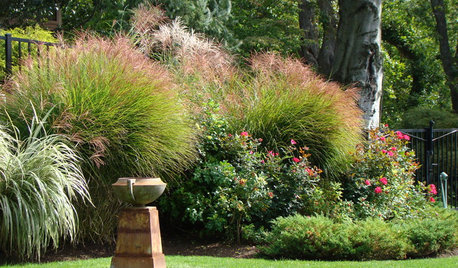
LANDSCAPE DESIGNThe 7 Best Plant Types for Creating Privacy and How to Use Them
Follow these tips for using different kinds of plants as living privacy screens
Full Story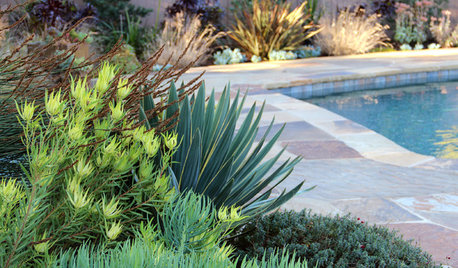
PLANTING IDEAS7 Stunning Plant Combinations for Low-Water Gardens
Find inspiration in these beautiful drought-tolerant companion plantings
Full Story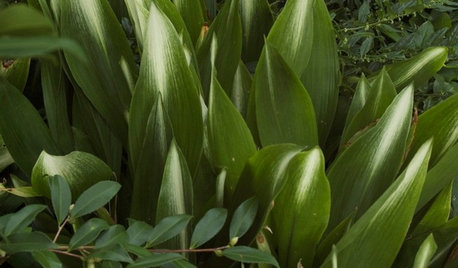
LANDSCAPE DESIGN7 Evergreen Wonders of the Plant World
Year-round interest, structure and beautiful color? These top-notch evergreens have gardens covered
Full Story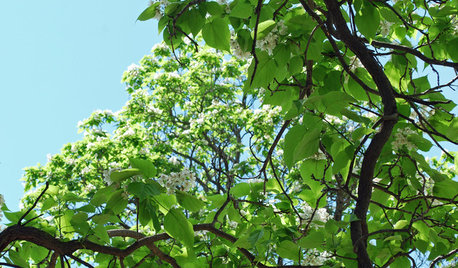
LANDSCAPE DESIGNGreat Design Plant: Retreat to the Shade of Hardy Catalpa
Big foliage and a towering height provide a shady respite in summer, but that's not all hardy catalpa offers dedicated gardeners
Full Story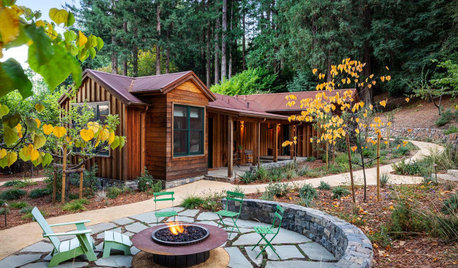
FALL GARDENING7 Reasons Not to Clean Up Your Fall Garden
Before you pluck and rake, consider wildlife, the health of your plants and your own right to relax
Full Story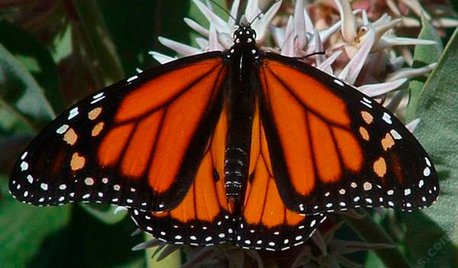
CALIFORNIA NATIVE PLANTSGreat Design Plant: Asclepias Is Attractive to Monarch Butterflies
Increase monarch butterfly populations in California by planting stunning native milkweeds
Full Story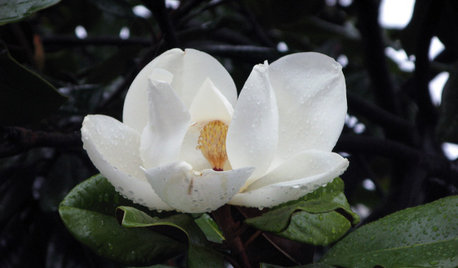
GARDENING GUIDES10 Top Native Plants for the U.S. Southeast
For a low-maintenance and wildlife-friendly landscape, use Southern natives that withstand heat and humidity
Full Story
REMODELING GUIDESYour Floor: An Introduction to Solid-Plank Wood Floors
Get the Pros and Cons of Oak, Ash, Pine, Maple and Solid Bamboo
Full Story


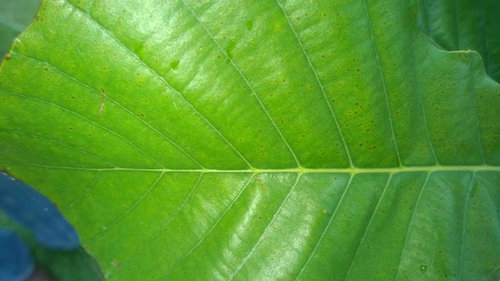
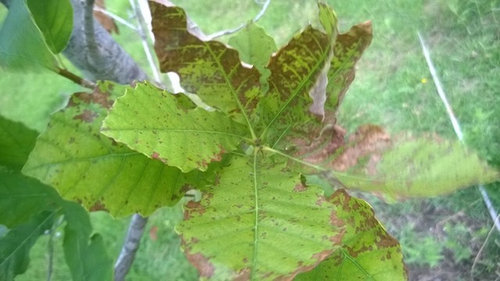
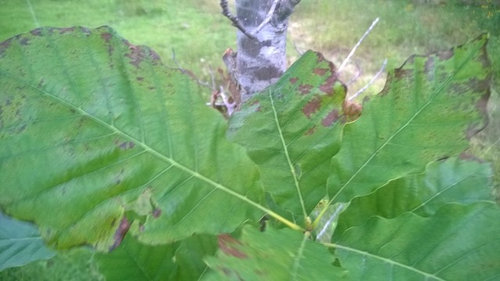
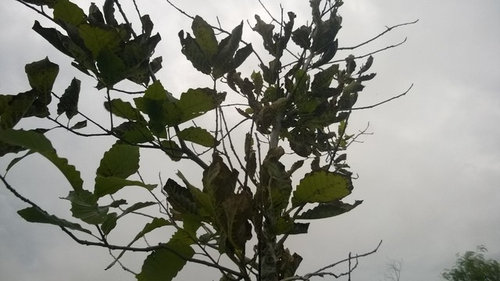
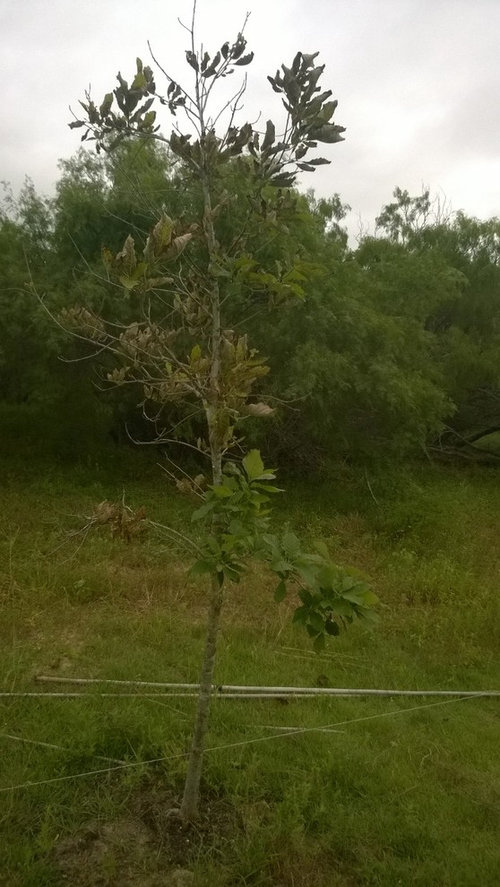
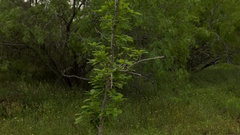

bossyvossy